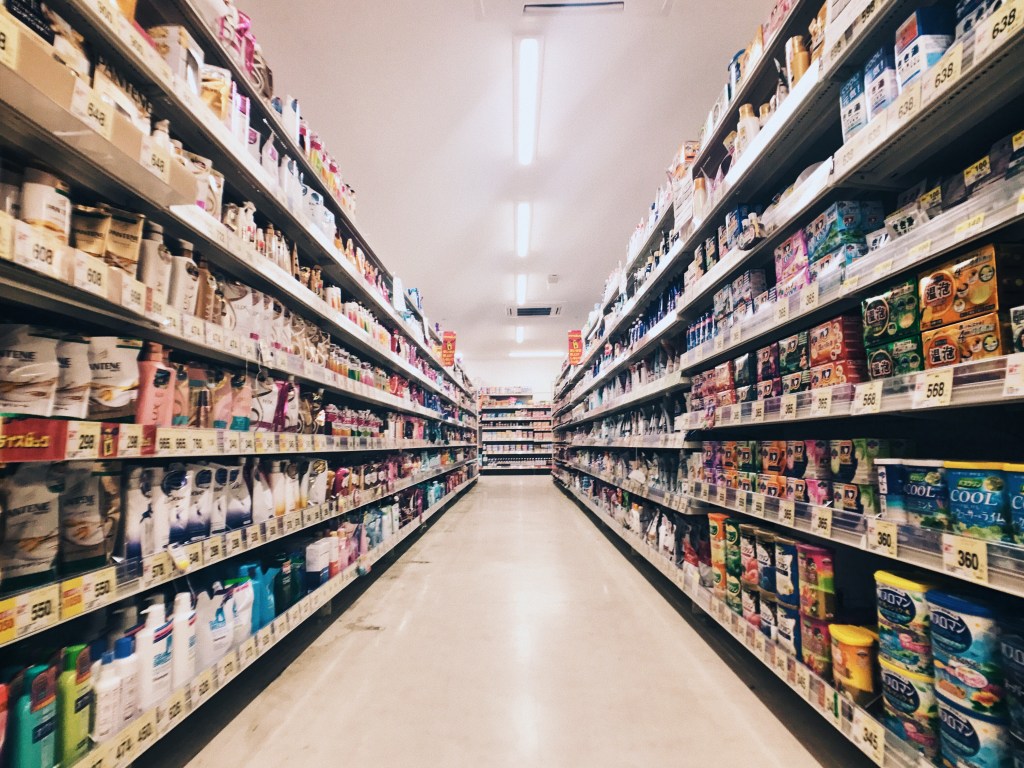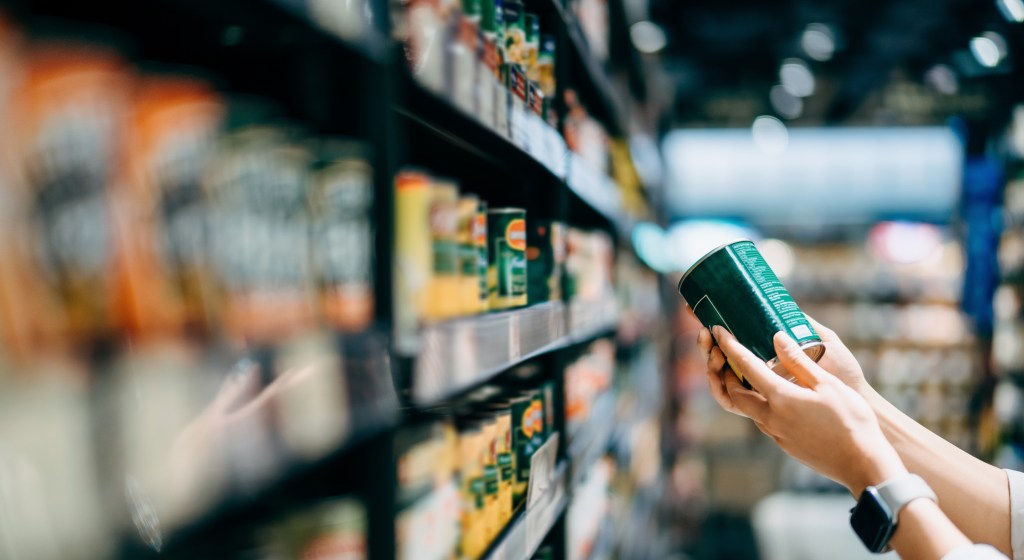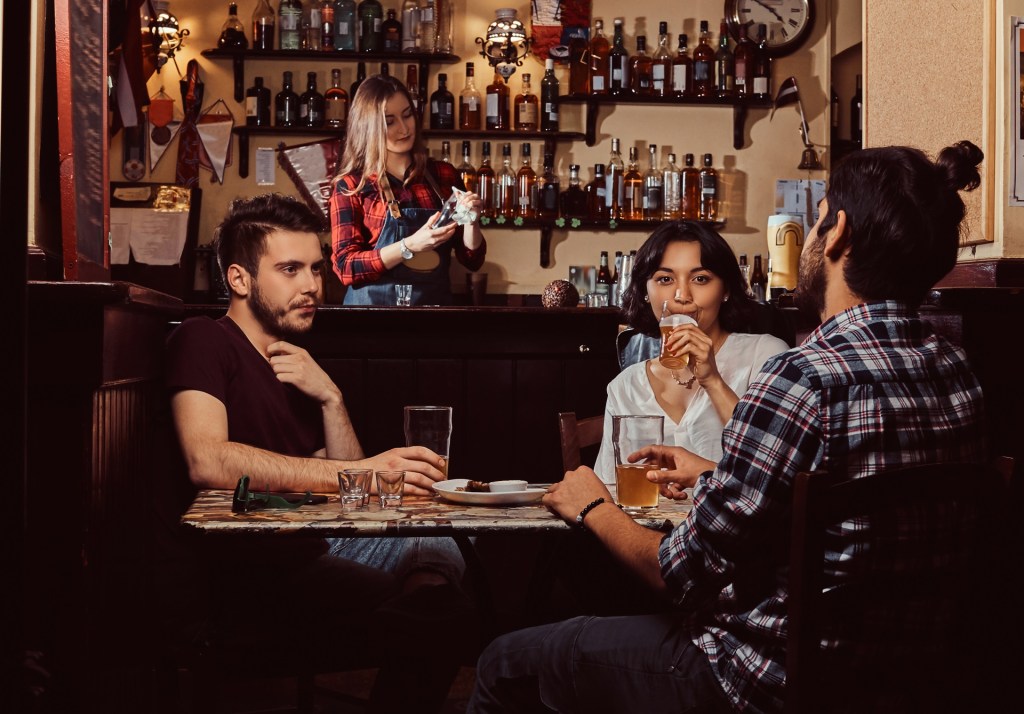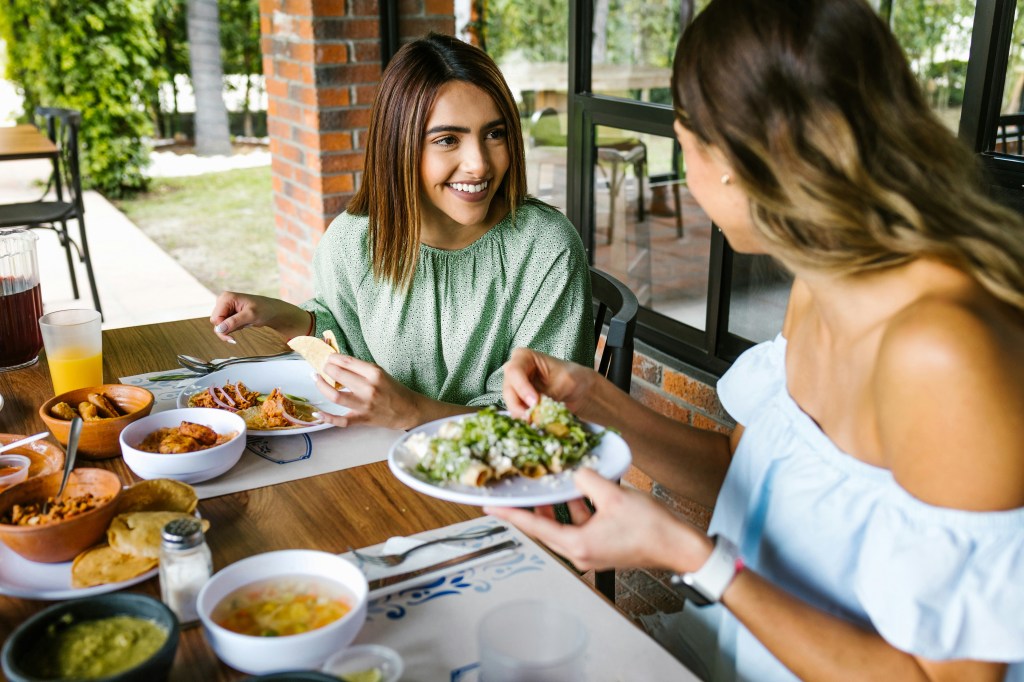A polarized path ahead
As COVID-19 variants propel new spikes in infection rates, the individual, corporate, and governmental responses to crises are becoming increasingly polarized. Government officials around the world have hinted at a gradual shift away from restrictive mandates in favor of proactive, self-minded guidance for citizens. Without the uniformity of a universal lockdown, as experienced in the very first wave of the pandemic, the path forward is being dictated in many cases by collective individual decisions and mindsets.
For individuals and companies, this long-term “living with Covid” will require the recognition of a widened spectrum of “moving-on mindsets.” There are vast disparities in how different consumers will choose to interact, learn, work, and shop. These varying comfort levels and beliefs will further deepen social and economic divides across consumer segments and communities.
The opportunity for business leaders lies in understanding how these underlying needs and personal preferences are impacting shopper, lifestyle, and spending habits—and ultimately shaping new ways of engaging with consumers as people.
A spectrum of moving on mindsets
The comfortable
Priorities
Consumers with this mindset prioritize a return to pre-COVID life
Preferences
- Generally comfortable with living alongside pandemic impacts; Open social circles
- Frustrated with persistent restrictions, will self-impose minimal restricted living practices
Desires
High desire to return to a sense of normalcy free of pandemic rules
The cautious
Priorities
Consumers with this mindset prioritize flexibility to assess everyday decisions amidst anticipated disruption
Preferences
- Cautiously living alongside pandemic impacts; exists in a middle space where comfort level varies aligned to local virus transmission rates. Will self-impose restricted living and avoidance practices as local risk levels shift.
- Craves anything that can bring consistency; May feel conflicted on how to proceed as they adapt to a hybrid model of pandemic living.
Desires
High desire for creative ways to balance safety and unrestricted living activities. Monitors fluctuations in virus transmission like the weather and frequently adjusts behaviors according to perceived risks at the time.
The concerned
Priorities
Consumers with this mindset feel at risk and will prioritize safety in a world that has shown great unpredictability.
Preferences
- Concerned about living alongside pandemic impacts; will uphold and maintain protective and precautionary practices.
- Will continue to minimize chances of virus exposure. Limited social and out-of-home interaction. Acutely aware of pandemic-related developments.
Desires
High desire for solutions that will keep themselves and others safe. Will be ready to revert to more extreme levels of restricted living practices during times of perceived risk.
Additional polarization at play
Financial decisions: Insulated vs. constrained consumers
Health management: The growing divide between vaccinated vs. unvaccinated people
Employment: Employees who continue towork from home vs. back in the office
Education: Back to school adoption plans. Parents of unvaccinated school-aged kids (under 12) vs. the vaccinated world
Travel: Those who are still weary of travel vs those who are ready and able to travel
Consumer spending: Those who freely shop out of home, frequent stores and restaurants and entertainment establishments vs those who are still limiting crowd-gathering activities and partaking in more at-home spending
Why this matters for consumers
The enduring impact of living in a Covid-influenced world will touch on everyone’s financial decisions, spending patterns, and lifestyle choices. From a business perspective, keep an eye out on ritualized habits—as consumers will now firmly decide which pandemic-adopted behaviors will be mainstay routines.
When inevitable surges in cases pop-up, social scenarios will test individual comfort zones and bring differences in mindsets front and center. As a parent of a school-aged child who is not yet able to become vaccinated, I am seeing this first hand: from varying back-to-school adoption plans; parents who require masks versus those who do not; and families who accept social invites to larger, indoor and outdoor public events versus those who do not. As differences in approaches linger, social circles may shift and evolve to reflect a coming together of compatible “moving-on mindsets.”
Why this matters for brands
A deep understanding and knowing your consumers will be critical to successful, one-to-one marketing efforts. Brands must stay aligned with the general trajectory and shift toward individuals and engagement while understanding and addressing the widened array of consumer situations, preferences, and needs.
It should be noted that an already concerning economic divide will grow even larger across insulated and constrained consumers. NielsenIQ data shows that 67% of all consumers report they have changed the way they shop due to COVID-19, and this figure is poised for further growth.
Why this matters for retailers
In the immediate future, sporadic instances of restricted living mandates will continue to be a disruptive force for many around the world. The most recent “pingdemic” in the U.K. illustrates this point.
Amidst the latest spread of the Delta variant, shelves were once again emptied out and retail was disrupted when over 600,000 people received the “ping” to self-isolate from the National Health Service (NHS) Covid Test and Trace app. The lingering strain and unpredictable threats ahead will continue to be a retail reality.
Moving forward, retailers should expect regular disruption. Be prepared for the bullwhip effect (the increasing swings in inventory due to shifts in consumer demand). Operate with the expectation that employment disruptions will continue given the unpredictable nature of today’s job market.
Online and omnichannel shopping will continue to pervade the retail world, particularly aligned to concerned shoppers with a reduced-contact mindset. Through this lens, the world will need an ecosystem of stores, online ordering, fulfillment, last-mile delivery, and supply chains that can execute flawlessly under any condition.
What’s next?
For consumers, brands, retailers, and industry players, “living with COVID-19” will require a stronger understanding of the spectrum of individual preferences that have emerged. If government strategies shift from formal mandates to recommended guidance for citizens, the path forward will truly be guided by the “moving-on mindsets” of today’s very polarized population of consumers.
This article originally appeared in Supermarket News.





